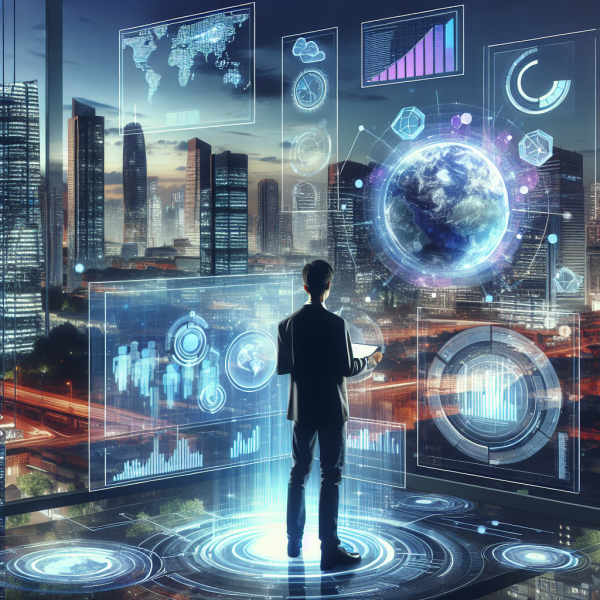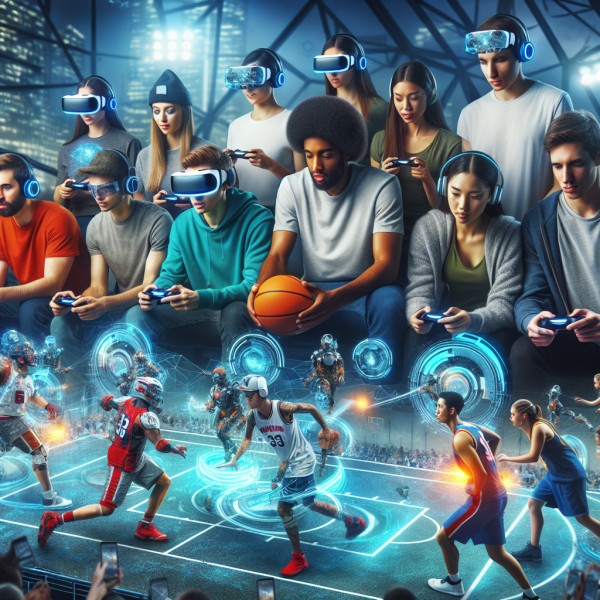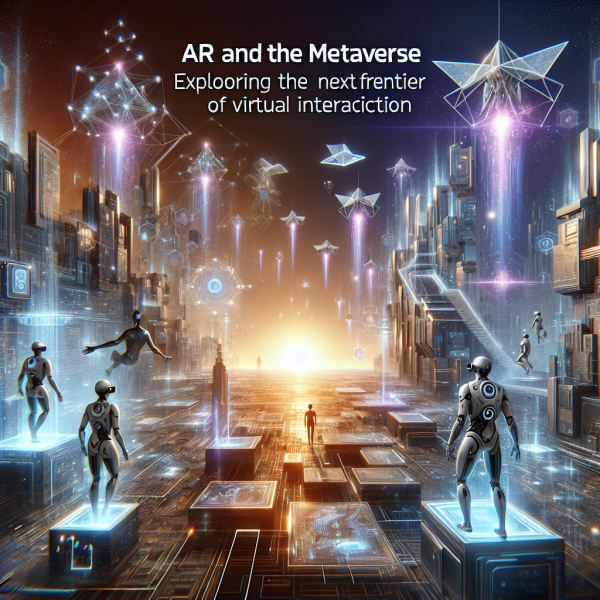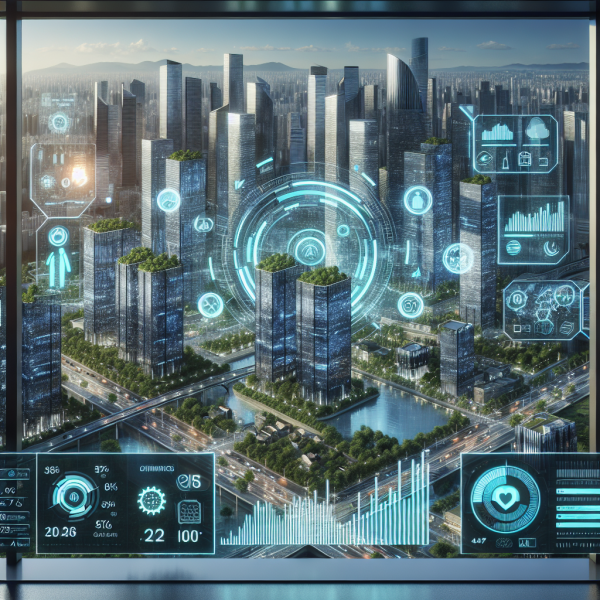Unlocking New Possibilities: The Role of AI in Enhancing IoT Applications
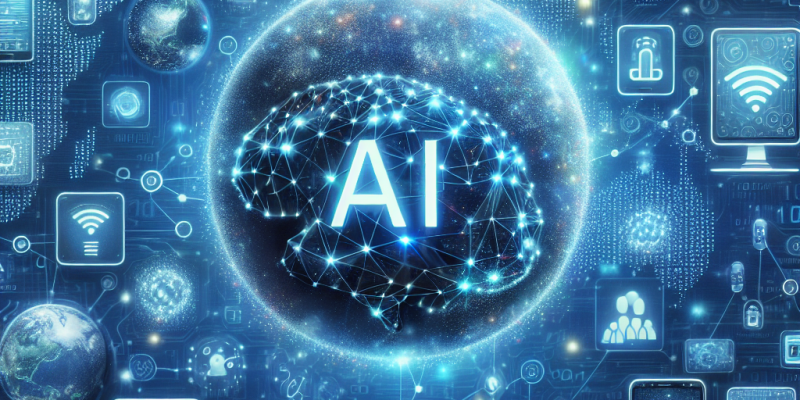
The integration of Artificial Intelligence (AI) and the Internet of Things (IoT) has become a transformative force in the digital landscape, creating unprecedented opportunities across various sectors. As more devices become interconnected and data flows continuously, combining AI’s analytical prowess with IoT’s vast data collection capabilities is revolutionizing industries like never before. This article explores the multifaceted relationship between AI and IoT, highlighting how the synergy of these technologies is unlocking new possibilities and enhancing applications across domains.
The Convergence of AI and IoT
IoT refers to the network of physical devices embedded with sensors, software, and other technologies that enable them to connect and exchange data with other devices and systems over the internet. The sheer volume of data generated by these devices presents both a challenge and an opportunity. While IoT produces massive datasets that can provide valuable insights, the ability to analyze and leverage this data in real time is where AI shines.
AI, particularly in the form of machine learning and deep learning, processes and interprets complex datasets, identifying patterns, predicting outcomes, and enabling smarter decision-making. As these technologies converge, they create a powerful toolkit for businesses and organizations, enhancing their capabilities in various ways.
Enhanced Data Analysis and Decision-Making
One of the primary benefits of integrating AI with IoT applications is the enhancement of data analysis. Traditional data processing methods can struggle with the enormous amounts of information generated by IoT devices. AI algorithms can sift through this data at incredible speeds, uncovering trends and patterns that would otherwise go unnoticed.
For instance, in smart manufacturing, AI can analyze data collected from machines in real time, identifying anomalies and predicting equipment failures before they happen. This predictive maintenance not only improves operational efficiency but also reduces downtime and extends the lifespan of critical assets.
Intelligent Automation
AI enables IoT applications to move beyond simple automated tasks to more sophisticated forms of intelligent automation. By incorporating AI-driven analytics, IoT devices can autonomously make decisions and take actions based on real-time data.
Consider smart homes equipped with IoT technology. These systems can learn user preferences over time, adjusting lighting, temperature, and security settings accordingly. With AI, smart home devices can even anticipate user needs, creating a seamless living experience that enhances comfort and energy efficiency.
Improved User Experience and Personalization
AI’s ability to analyze user behavior and preferences is enhancing the user experience across various IoT applications. From personalized recommendations in smart retail environments to tailored health monitoring in wearable devices, AI can customize experiences based on individual needs.
In the healthcare industry, wearable devices that monitor vital signs can use AI algorithms to analyze health data and provide insights or alerts to patients and healthcare providers. By delivering timely and relevant information, these AI-enhanced IoT applications empower users to take proactive measures in managing their health.
Strengthened Security Measures
As IoT devices proliferate, so do concerns about cybersecurity. AI can play a crucial role in enhancing the security of IoT applications by identifying and mitigating threats in real time. With advanced machine learning algorithms, AI can analyze network traffic patterns and detect anomalies indicative of potential security breaches.
For example, smart grid systems that manage energy distribution can leverage AI to monitor for unusual behaviors or unauthorized access attempts. By analyzing patterns and learning from past incidents, AI can help secure IoT networks and protect sensitive data.
Enabling Smart Cities
The concept of smart cities is gaining traction, with urban areas increasingly adopting IoT technologies to improve infrastructure and public services. AI plays a crucial role in this transformation by optimizing resource management and improving overall efficiency.
Traffic management systems, for instance, can utilize AI to analyze data from connected vehicles and traffic sensors. By predicting congestion patterns and adjusting traffic signals accordingly, these systems can enhance urban mobility, reduce travel times, and lower emissions.
Challenges and Considerations
Despite the immense potential of AI-IoT integration, several challenges must be addressed. Issues such as data privacy, interoperability among devices, and the need for robust cybersecurity measures are critical factors that require attention. Furthermore, the reliance on AI raises ethical considerations regarding transparency, bias, and accountability in decision-making processes.
To fully harness the capabilities of AI and IoT, stakeholders must prioritize collaboration among technology providers, policymakers, and end-users. Establishing clear standards and regulations can help mitigate risks and foster a more secure and equitable digital landscape.
Conclusion
The convergence of AI and IoT is unlocking new possibilities across a multitude of sectors, enhancing applications in ways that were once the realm of science fiction. From improved data analysis and intelligent automation to personalized user experiences and smart city innovations, the synergy of these technologies is reshaping industries and promoting efficiencies that benefit society as a whole.
As this integration continues to evolve, businesses, governments, and individuals alike must embrace the change, fostering innovation while navigating the challenges and ethical considerations that arise. By doing so, we can unlock a future where AI and IoT work hand in hand to create smarter, more connected, and sustainable environments for all.

